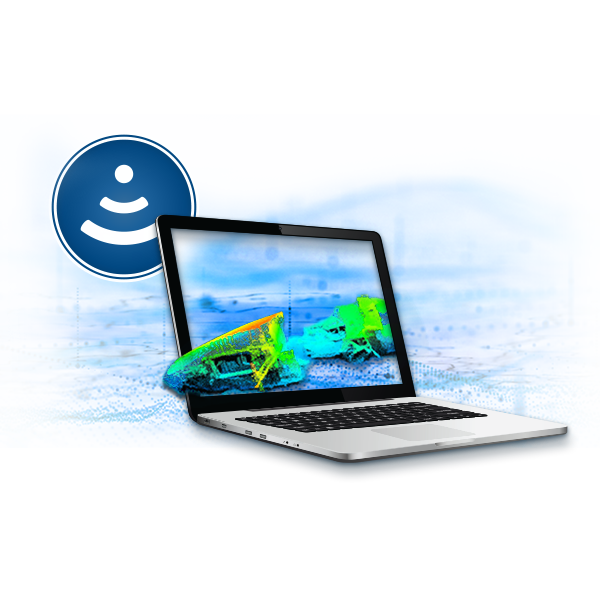Training
CARIS HIPS and SIPS: Bathymetric and Sonar Data Processing
A hands-on course designed to train new or current users in CARIS HIPS and SIPS. The content can be selected so that it is suitable for any organization collecting and processing multibeam, singlebeam or sidescan data. Not all modules listed will be covered in this course; the course will consist of specific topics that are of interest to the participants.
Audience
Any marine or hydrographic personnel wishing to gain a detailed technical overview of the CARIS HIPS and SIPS software. No previous HIPS usage is necessary but the experience level of participants should be stated.
Topics Include
- CARIS HIPS overview & workflow
- HIPS Vessel File and Project data structure
- Creating uncertainty models for the computation of TPU
- Conversion of raw data to HIPS format
- Sound Velocity Correction (applying sound velocity profiles)
- Applying tides (single or multiple tide stations)
- Merging all sensors into processed depths with geographic positions
- Surface creation (e.g. CUBE) using formats for large volume data storage
- Error detection and analysis of auxiliary sensor information (e.g. navigation, motion, etc.)
- Using standard deviation and uncertainty surfaces for error recognition
- Processing multibeam swath and singlebeam data
- Area-based cleaning using the Subset Editor
- IHO and surface based data filtering
- QC and data visualization using 3D fly-through techniques
- Bathymetry product creation (contours and selected soundings)
- Exporting data to 3rd party formats
- QC reports, presentation and plotting
- New multibeam calibration module in Subset Editor
- Supplementing bathymetry with water column imaging
- CARIS SIPS overview & workflow
- Importing and processing side scan sonar (SIPS) and multibeam imagery data (Geocoder)
- Bottom digitizing, slant range correction and application of radiometric and geometric corrections (SIPS / Geocoder)
- Area-based imagery processing techniques with Mosaic Editor
- Bottom characterization (Geocoder) and generating contacts
- Creating geo-referenced mosaics
Prerequesites
- basic familiarity with operating computers and software
- an understanding of hydrographic survey operations is beneficial
Upcoming Training Dates
No sessions available
There are presently no session dates scheduled at this time. Click the link below if you wish to request training.
Request training information
CARIS HIPS & SIPS Professional
